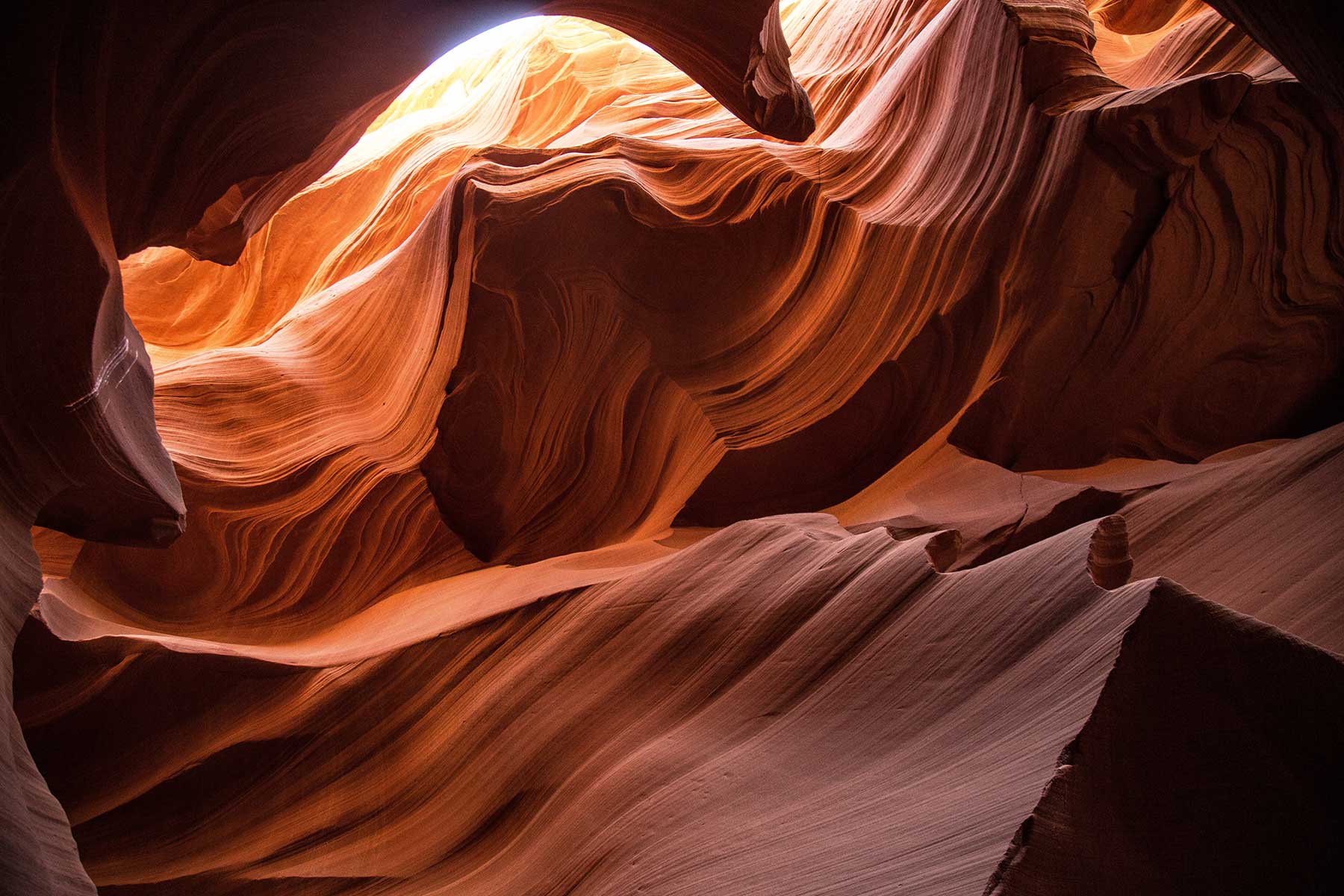April 2023 UGA Luncheon
- Calendar
- Luncheons
- Date
- Apr 10, 2023 11:30 am - 1:00 pm
- Registration Link
- https://utahgeology.org/index.php?option=com_civicrm&task=civicrm/event/register&reset=1&id=24
Description
Tracing Great Salt Lake dust using strontium isotopes
Dr. Greg Carling, BYU
Abstract: With the desiccation of saline lakes around the globe, it is increasingly important to quantify the impacts of playa dust on downwind urban areas and mountain snowpack. In this study, we used 87Sr/86Sr ratios of carbonate minerals to trace dust from playas to urban areas and mountain snowpack. We focused on dust contributions from Great Salt Lake (GSL), which recently reached historic lows in water levels exposing large areas of dry lakebed. We measured 87Sr/86Sr ratios in dust from GSL, Sevier Dry Lake (SDL), and other playas across western Utah and compared them to 87Sr/86Sr ratios in dust across the urban Wasatch Front and mountain snowpack collected seasonally from 2015-2018. We found that GSL contributed 5% of the dust flux to the southern Wasatch Front (Provo) and between 30-34% of the dust flux to the northern Wasatch Front (Salt Lake City, Ogden, and Logan). Dust from GSL also makes it to mountain snowpack, where it changes snow chemistry and water quality during snowmelt runoff.
Bio: Greg Carling is a geology professor at Brigham Young University. He earned a PhD in geology at the University of Utah in 2012. His research interests include dust emissions and deposition, trace element transport in rivers and groundwater, hydrology of snow- and glacier-dominated watersheds, and phosphorus cycling in shallow lakes. At BYU, he teaches a variety of classes including introduction to geology, water planet, groundwater, and contaminant hydrogeology.




